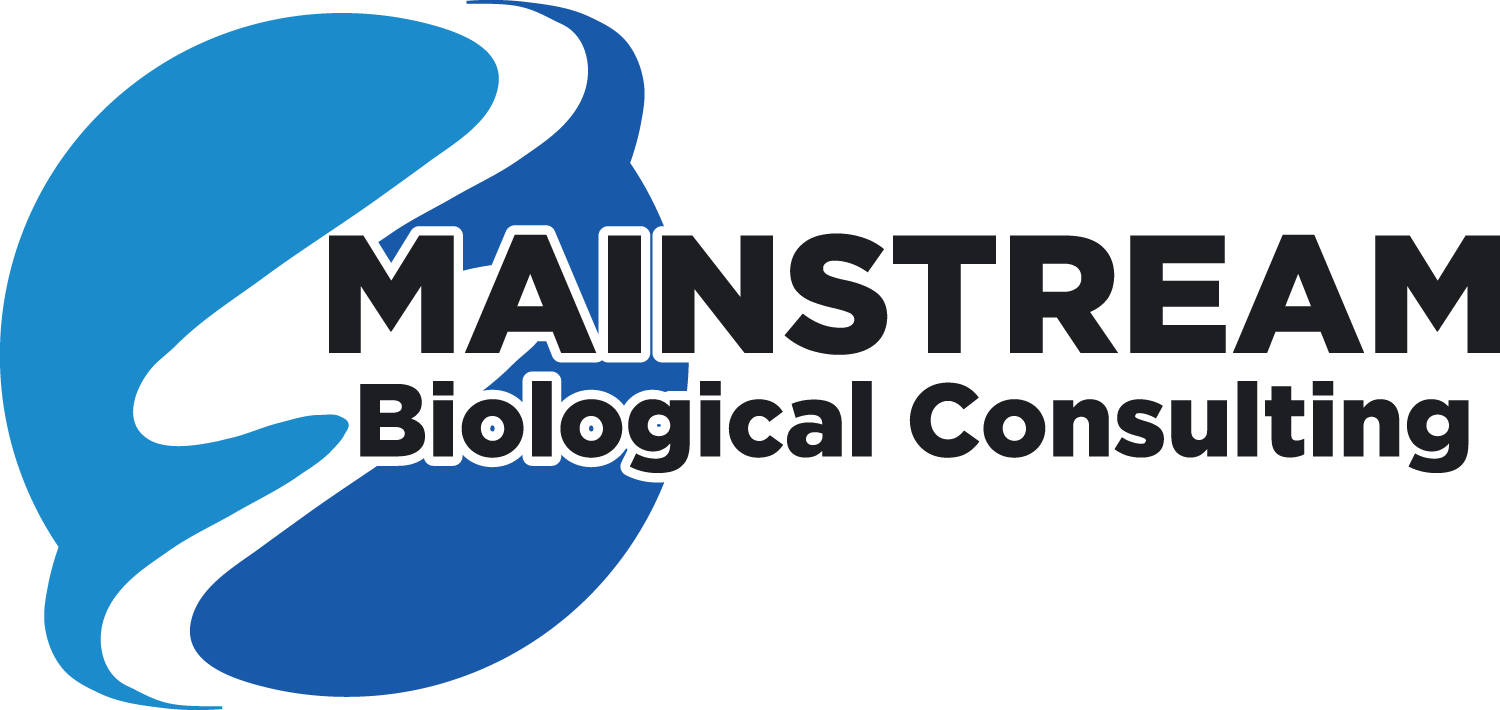Our Services
The sections below provide an overview of the types of services that are offered by Mainstream Biological Consulting Inc. Please don’t hesitate to contact us should you require any additional explanation regarding these or other potential services that may not be listed.
Marine
Terrestrial
Fresh Water
Enviromental Engagement
Contaminated Sites
ROV
Marine
- Operational monitoring of finfish aquaculture, hard and soft bottom sites.
- Sea lice infection studies
- Water quality monitoring
- Benthic surveys (drop camera, ROV, sediment)
- Intertidal and subtidal inventory and impact assessments
- Current monitoring
- Effluent pipe/outfall survey
- Foreshore development (docks, wharfs etc) assessments
- Construction monitoring (acoustic / marine wildlife observations / water quality etc)
- Underwater video and drop camera survey, view more about our ROV
Terrestrial
- Biological inventory of potential development areas, including identification of environmentally sensitive areas
- Wetland assessment and delineation
- Amphibian habitat and species assessments
- Terrestrial habitat and wildlife assessments
- Riparian surveys, including Riparian Area Regulation assessments
Fresh Water
- Freshwater fish and fish habitat inventory
- Water quality monitoring
- Freshwater fish distribution and species assemblage studies
- Wetland assessment and delineation
- Amphibian habitat and species assessments
- Riparian surveys, including Riparian Area Regulation assessments
- Fish stream identification
- Road crossing assessments
- Stream restoration planning
- Site isolation, fish and amphibian removal at instream work sites
Enviromental Engagement
- Environmental Impact Assessment- aquatic and terrestrial environments
- Development and implementation of baseline studies
- Development of mitigation and compensation options to address identified impacts
- Development and implementation of water quality monitoring programs
- Sediment and erosion control planning and implementation
- Delineation and monitoring of environmentally sensitive areas
- Preparation of applications for regulatory approvals (Fisheries Act, Riparian Areas Regulation, CEAA)
- Development of Environmental Management Plans (EMPs)/Environmental Work Plans (EWPs) for construction activities
- On-site environmental monitoring during construction, including water quality, acoustic monitoring for blasting / pile driving, marine wildlife obervations etc.
- Post-construction and operational performance monitoring
- Sediment and erosion control planning for construction and operational phases
- Habitat restoration planning
Contaminated Sites
Environmental site assessments and investigations are undertaken to address the question if contamination is present on your site and if so, to determine the nature and extent of contaminants in soil, groundwater and/or air. Environmental investigations are typically conducted in a phased approach to minimize costs.
Under the BC Environmental Management Act and subsequent Contaminated Sites Regulation, property owners have a responsibility to identify and manage contamination of soil or water (including groundwater) on their land.
In order to help landowners meet this responsibility, we provide the following services:
- Phase 1 and 2 Environmental Site Assessments / Stage 1 and 2 Preliminary Site Investigations
- Detailed Site Investigations – groundwater, surface water, soil, sediment and soil vapour
- Site remediation plans
- Preparation and submission of documentation required by the Ministry of Environment or other agencies.
Remotely Operated Vehicles
What is a ROV?
A Remotely Operated Vehicle, (like a remotely controlled submarine), used for underwater monitoring and exploration. It allows us to go into waters that may not be safe, or comfortable, for human divers.
What do you use the ROV for?
We use our ROV’s primarily for sub-tidal habitat assessments, including compliance monitoring at Finfish Aquaculture sites. We also use them to conduct effluent pipe surveys, map eelgrass beds and conduct underwater salvage. Some recent salvage retrievals include a heli-logging grapple in River’s Inlet and a freighter anchor in Vancouver Harbour.
What type of ROV does Mainstream Biological use?
Mainstream Biological operates two ROV systems, a Seamor 300F and a Seamor 300T. Both of these ROVs have four high powered, thrusters. These are industrial, inspection-class ROVs. They can handle all types of marine and freshwater environments and have the added benefit of high resolution imagery, intuitive control and excellent portability.
What are some of the features?
Our ROVs are equipped with colour, high resolution cameras with auto zoom, LED light arrays and auto depth capability. We also have a manipulator arm for our ROVs that allows us to grab, hold, and retrieve items. We use a TrackLinkUSBL GPS system to track the ROVs while underwater. The Rov(tracking? Think the Rov is a typo in the original text) allows us to see in real time the location of the ROV and pinpoint the location of habitat, fly exact transects and map the locations of anything we find. TrackLink systems are extremely robust, and known as one of the best in the world for providing tracking and communications with ROVs.The 300F ROV is controlled via 4mm fibre optic tether, while the 300T is controlled via a twister pair tether. Both ROVs are capable of surveying to depths of 300m (1000ft).
Find out more about the SeaMor ROV with more video/photos: www.seamor.com
What are some of the features?
Our ROVs are equipped with colour, high resolution cameras with auto zoom, LED light arrays and auto depth capability. We also have a manipulator arm for our ROVs that allows us to grab, hold, and retrieve items. We use a TrackLinkUSBL GPS system to track the ROVs while underwater. The Rov(tracking? Think the Rov is a typo in the original text) allows us to see in real time the location of the ROV and pinpoint the location of habitat, fly exact transects and map the locations of anything we find. TrackLink systems are extremely robust, and known as one of the best in the world for providing tracking and communications with ROVs.The 300F ROV is controlled via 4mm fibre optic tether, while the 300T is controlled via a twister pair tether. Both ROVs are capable of surveying to depths of 300m (1000ft).
Find out more about the SeaMor ROV with more video/photos: www.seamor.com
